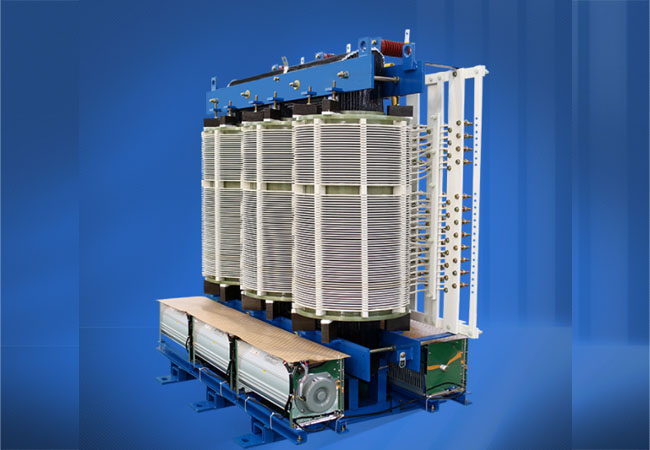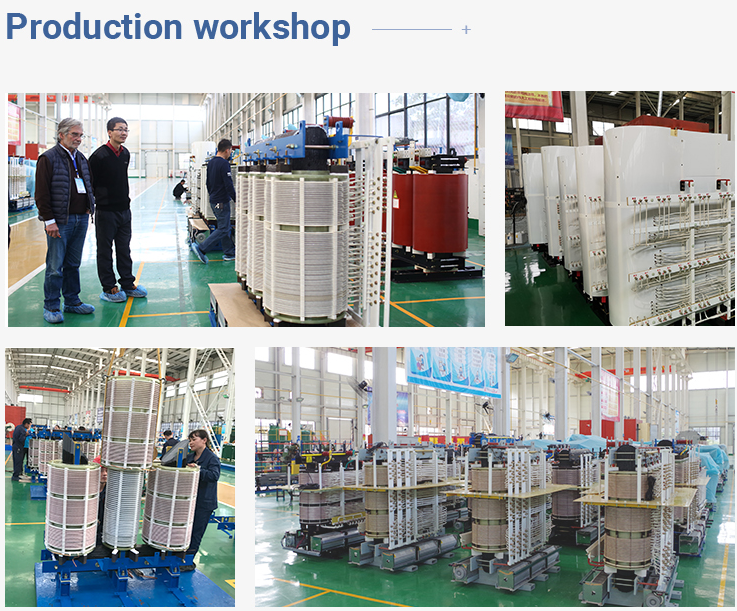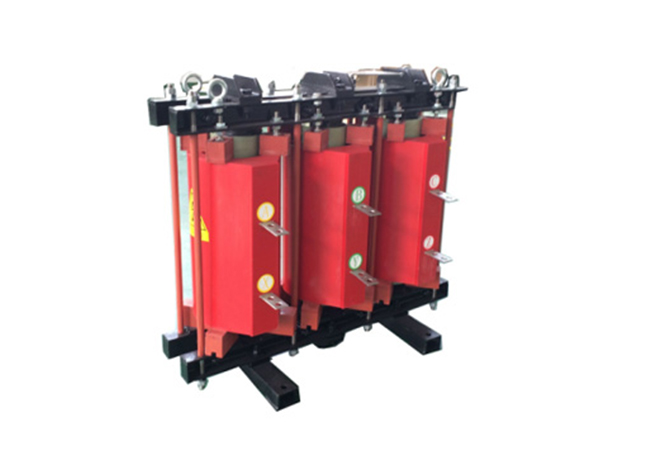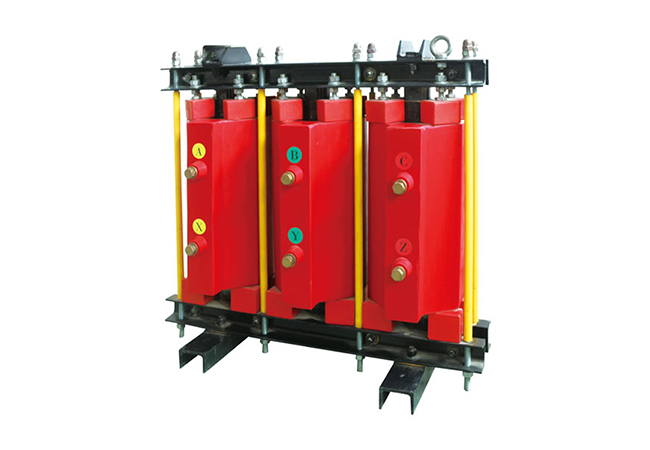What is A Phase-Shifting Transformer?
09-07 2024 | By:
Phase-shifting transformer is a type of rectifier transformer. The single-phase conductive effect of the rectifier device causes the distortion of the alternating magnetic field waveform of the rectifier transformer; the magnitude of the distortion depends on the proportion of DC capacity to grid capacity and the frequency of the harmonic current flowing into the grid, as well as the harmonic order. One of the effective ways to suppress harmonics is to shift the phase of the high-voltage side of the rectifier transformer, which can basically eliminate low-order harmonics with large amplitudes.
In general, as long as a set of rectifier devices has two rectifier transformers, both use an equivalent 12-phase system, because this system does not require special phase shifting, and can be achieved by changing the connection method of the winding. When the DC capacity is large, an equivalent 18-phase or more rectifier system is used. IGBT is equivalent to the role of thyristor, which is used in the rectifier system to control on and off, not phase.

1. Working principle of phase-shifting transformer
To put it more simply, it is to toss the secondary winding of the transformer and achieve phase shifting through different connections of the secondary winding. You can find professional information to understand. Take the more complex Yanbian triangle connection phase-shifting transformer as an example, which is a connection method in which the secondary winding is between the triangle connection and the star connection.
The figure below is a working principle diagram of the phase-shifting transformer. In Figure (a), if two double-coil transformers of the same specification are connected to the same phase, the secondary voltages are added to obtain a new voltage with double voltage amplitude and the same phase; if they are connected to different phases as in Figure (b) or (c), the secondary voltages are added, that is, vector addition, to obtain a new voltage with the same voltage amplitude and a phase difference of 60°; or the secondary voltages are subtracted, that is, vector subtraction, to obtain a new voltage with a voltage amplitude doubled and a phase difference of 30°.
Obviously, by selecting different phases for connection on the primary side of the transformer and adopting different wiring methods for the secondary coil, the phase of the output voltage can be changed as needed.
2. Classification of phase-shifting transformers
There are many types of phase-shifting transformers. From the perspective of the application occasion, there are three-phase three-wire, three-phase four-wire or single-phase lines. If divided by phase shift angle, there is a continuous or stepping range of 0~360°. If divided by the value of the power index m of the regular 6×2 polygon in the circle, when m=0, it is a regular hexagon; m=1, dodecagon; m=2, icosadecagon… Regular hexagonal phase shifters can be divided into external triangle hexagons, internal triangle hexagons, triangle star hexagons and double star hexagons. External triangle hexagonal phase shifters can be evolved into a variety of lines depending on the requirements of input and output. In addition, there are triangle extended edge phase shifters and single-phase phase shifters.

3. Where are phase shifting transformers mostly used
Phase shifting transformers are mostly used on the input side of high-power inverters and high-power DC power supplies. The purpose of using a phase shifting transformer is to increase the number of pulses of the rectifier. Three-phase rectification is called 6-pulse rectification. The three-phase transformer produces another set of three phases after phase shifting. The rectifier input is 6 phases, which is called 12-pulse rectification. The three-phase transformer generates another three groups of three phases after phase shifting, and the rectifier input is 12 phases, which is called 24-pulse rectification. The more pulses the rectifier has, the smaller the input current harmonics and the smaller the harmonic pollution to the power grid.
1. Limited to the withstand voltage problem of IGBT, in order to obtain high voltage output, multiple power units must be superimposed.
2. Avoid the influence of harmonics on the power grid.
IV. Does the 12-pulse inverter have a built-in phase-shifting transformer?
The 12-pulse inverter does not need a built-in phase-shifting transformer. 12 pulses are 6-phase full-wave rectification. It only needs to use the wiring method of three-phase to six-phase, so it does not need a phase-shifting coil. For example, a three-phase transformer with a delta connection on the primary side and two inverted y connections on the secondary side can be connected in an axial double split manner to form a 6-phase (12-pulse) full-wave output wiring method. Of course, it can also be Y/d-d or other transformer internal wiring methods. As long as the secondary side can output 6 phases and one coil is a delta connection, it is fine.
The purpose of using a phase-shifting transformer is to increase the number of pulses of the rectifier. Three-phase rectification is called 6-pulse rectification. The three-phase transformer generates another set of three phases after phase shifting. The rectifier input is 6 phases, which is called 12-pulse rectification. The three-phase transformer generates another three sets of three phases after phase shifting. The rectifier input is 12 phases, which is called 24-pulse rectification. The more pulses the rectifier has, the smaller the input current harmonics are, and the less harmonic pollution to the power grid is.

You may also find these interesting:


